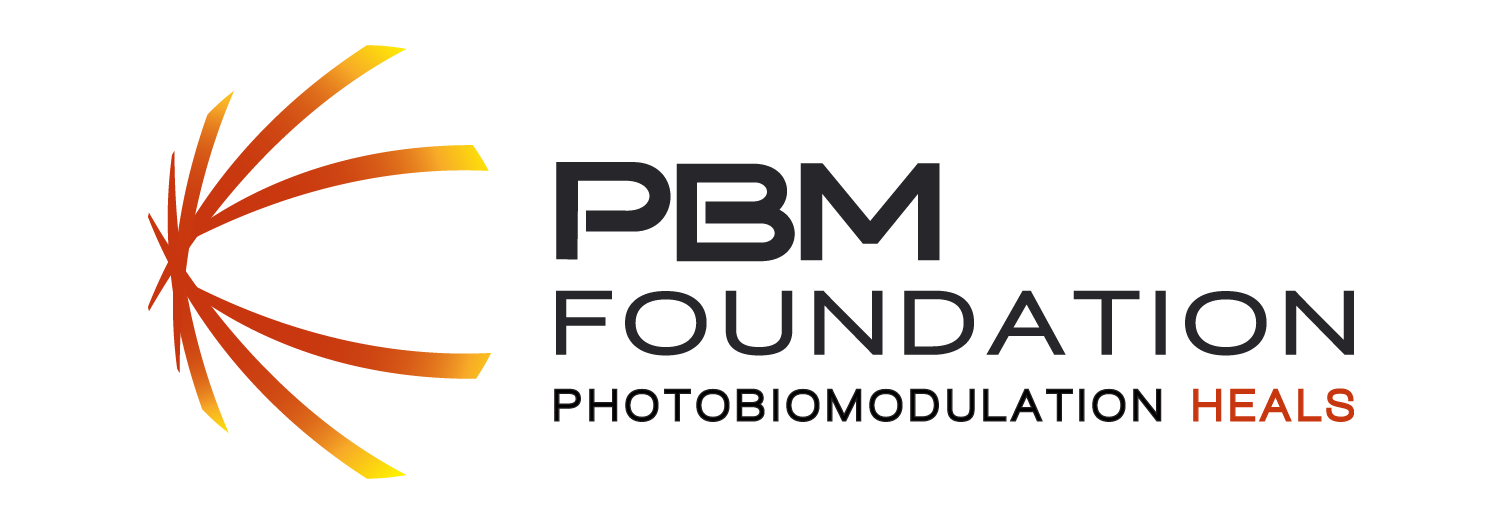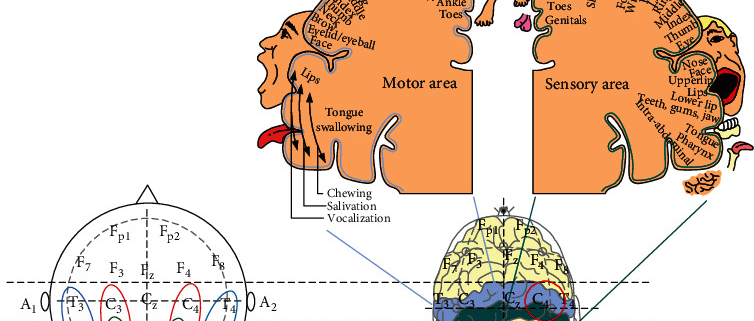Effect of Near-Infrared Pulsed Light on the Human Brain Using Electroencephalography
In our previous study, the low-level laser (LLL) stimulation at the palm with a stimulation frequency of 10 Hz was able to induce significant brain activation in normal subjects. The electroencephalography (EEG) changes caused by the stimulation of light-emitting diode (LED) in normal subjects have not been investigated. This study aimed at identifying the effects of LED stimulation on the human brain using EEG analysis. Moreover, the dosage has been raised 4 times than that in the previous LLL study. The LED array stimulator (6 pcs LEDs, central wavelength 850 nm, output power 30 mW, and operating frequency 10 Hz) was used as the stimulation source. The LED stimulation was found to induce significant variation in alpha activity in the occipital, parietal, and temporal regions of the brain. Compared to the previous low-level laser study, LED has similar effects on EEG in alpha (8-12 Hz) activity. Theta (4-7 Hz) power significantly increased in the posterior head region of the brain. The effect lasted for at least 15 minutes after stimulation ceased. Conversely, beta (13-35 Hz) intensity in the right parietal area increased significantly, and a biphasic dose response has been observed in this study.
Read more on National Institutes of Health or download the PDF »


